Filter by
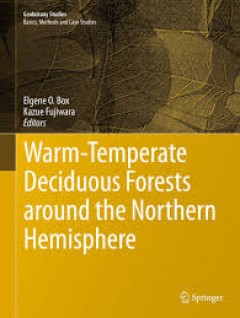
Warm-Temperate Deciduous Forests around the Northern Hemisphere
Warm-temperate deciduous forests are "southern", mainly oak-dominated deciduous forests, as found over the warmer southern parts of the temperate deciduous forest regions of East Asia, Europe and eastern North America. Climatic analysis has shown that these forests extend from typical temperate climates to well into the warm-temperate zone, in areas where winters are a bit too cold for the ‘z…
- Edition
- -
- ISBN/ISSN
- 978-3-319-01261-2
- Collation
- -
- Series Title
- -
- Call Number
- -

Biocultural Diversity and Indigenous Ways of Knowing: Reframing Human Ecology…
At the dawn of the third millennium, dramatic challenges face human civilization everywhere. Relations between human beings and their environment are in peril, with mounting threats to both biological diversity of life on earth and cultural diversity of human communities. The peoples of the Circumpolar Arctic are at the forefront of these challenges and lead the way in seeking meaningful respon…
- Edition
- Ed. 1
- ISBN/ISSN
- 9781552385661
- Collation
- 288
- Series Title
- Northern Lights
- Call Number
- 581.6 BIO b
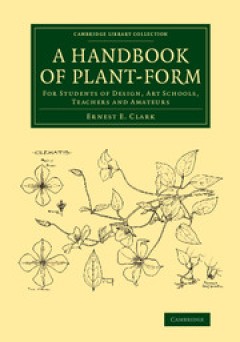
A Handbook of Plant-Form For Students of Design, Art Schools, Teachers and A…
Written and richly illustrated by the Derby-born artist Ernest Ellis Clark (1869–1932), this guide was originally published in 1904 to demonstrate the decorative possibilities of certain plants, mainly English wild flowers, to art students sitting examinations in plant drawing and design. Clark emphasises the importance of retaining a certain amount of botanical accuracy and provides examples…
- Edition
- -
- ISBN/ISSN
- 9781107262225
- Collation
- -
- Series Title
- Cambridge Library Collection - Botany and Horticulture
- Call Number
- -
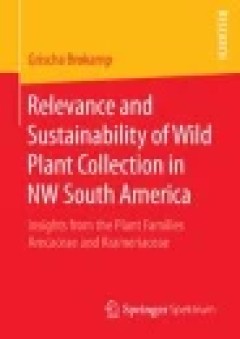
Relevance and Sustainability of Wild Plant Collection in NW South America
This study focuses on understanding the socio-economic relevance of plant resources collected from the wild and its relation to current patterns of trade and sustainability. Grischa Brokamp reviews and analyzes the current extent of palm trade in northwestern South America, its impact, limitations and future perspective. Indeed there are conflicts between the commercialization of wild plant res…
- Edition
- -
- ISBN/ISSN
- -
- Collation
- -
- Series Title
- -
- Call Number
- -
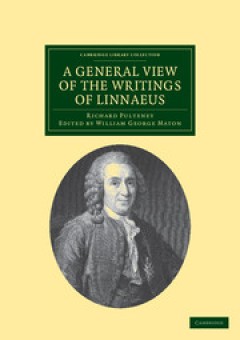
A General View of the Writings of Linnaeus
Carl Linnaeus (1707–88), father of modern taxonomy, was one of the most important scientists of the eighteenth century. This biography was written by Richard Pulteney (1730–1801), a physician and botanist who greatly admired Linnaeus' methods and aimed to promote them in England. The first edition was published in 1781 and contains a thorough account of the major works of Linnaeus and his u…
- Edition
- William George Maton
- ISBN/ISSN
- 9781139095945
- Collation
- -
- Series Title
- Cambridge Library Collection - Botany and Horticulture
- Call Number
- -
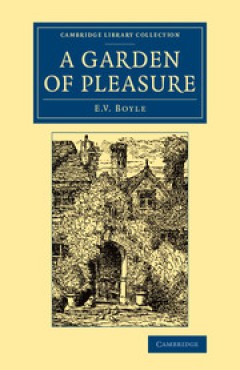
A Garden of Pleasure
Eleanor Vere Boyle (1825–1916), who re-created the gardens of Huntercombe Manor in Berkshire in the 1870s, was a talented artist as well as an author, illustrating both poetry and books for children. Coming from an aristocratic family, and in later life a friend of Queen Alexandra, she produced sketches and watercolours admired by Ruskin and Landseer, and Tennyson and Bulwer Lytton contribute…
- Edition
- -
- ISBN/ISSN
- 9781107741805
- Collation
- -
- Series Title
- Cambridge Library Collection - Botany and Horticulture
- Call Number
- -

A Flora of Cambridgeshire
This flora, published in 1964, was the first comprehensive account of Cambridgeshire's plants since Babington's of 1860. Based on records to the end of 1962, it details 1509 species. These comprise 27 pteridophytes, 3 gymnosperms, 1223 angiosperms and 256 bryophytes. The following information is provided for each of the species: scientific name; well-known vernacular name, if any; first known r…
- Edition
- -
- ISBN/ISSN
- 9780511693427
- Collation
- -
- Series Title
- Cambridge Library Collection - Cambridge
- Call Number
- -

Tree and Forest Measurement
Forests must be measured if they are to be managed and conserved properly. This book describes the essential principles of modern forest measurement, whether using simple hand-held equipment or sophisticated satellite imagery. It particularly focuses on measuring forest biomass over large forest areas, a key aspect of climate change studies, as well as the volumes of wood that are commercially …
- Edition
- -
- ISBN/ISSN
- 978-3-319-14708-6
- Collation
- -
- Series Title
- -
- Call Number
- -
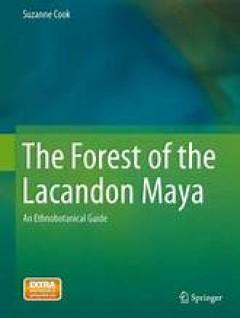
The Forest of the Lacandon Maya
The Forest of the Lacandon Maya: An Ethnobotanical Guide, with active links to audio-video recordings, serves as a comprehensive guide to the botanical heritage of the northern Lacandones. Numbering fewer than 300 men, women, and children, this community is the most culturally conservative of the Mayan groups. Protected by their hostile environment, over many centuries they maintain autonomy fr…
- Edition
- 1
- ISBN/ISSN
- 978-1-4614-9111-8
- Collation
- XXVII, 379, 38 b/w illustrations, 561 illustrations in colour
- Series Title
- -
- Call Number
- -
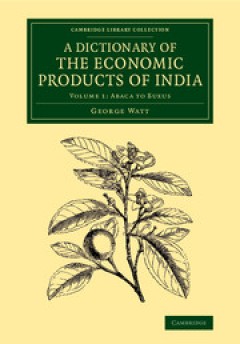
A Dictionary of the Economic Products of India
A Scottish doctor and botanist, George Watt (1851–1930) had studied the flora of India for more than a decade before he took on the task of compiling this monumental work. Assisted by numerous contributors, he set about organising vast amounts of information on India's commercial plants and produce, including scientific and vernacular names, properties, domestic and medical uses, trade statis…
- Edition
- -
- ISBN/ISSN
- 9781107239210
- Collation
- -
- Series Title
- Cambridge Library Collection - Botany and Horticulture
- Call Number
- -
 Computer Science, Information & General Works
Computer Science, Information & General Works  Philosophy & Psychology
Philosophy & Psychology  Religion
Religion  Social Sciences
Social Sciences  Language
Language  Pure Science
Pure Science  Applied Sciences
Applied Sciences  Art & Recreation
Art & Recreation  Literature
Literature  History & Geography
History & Geography